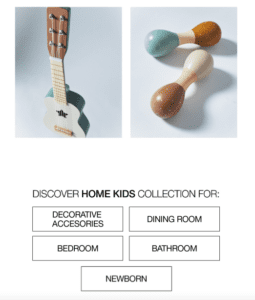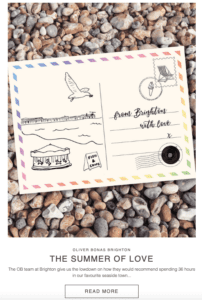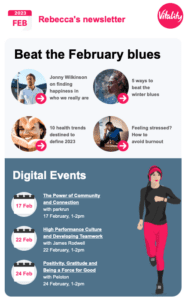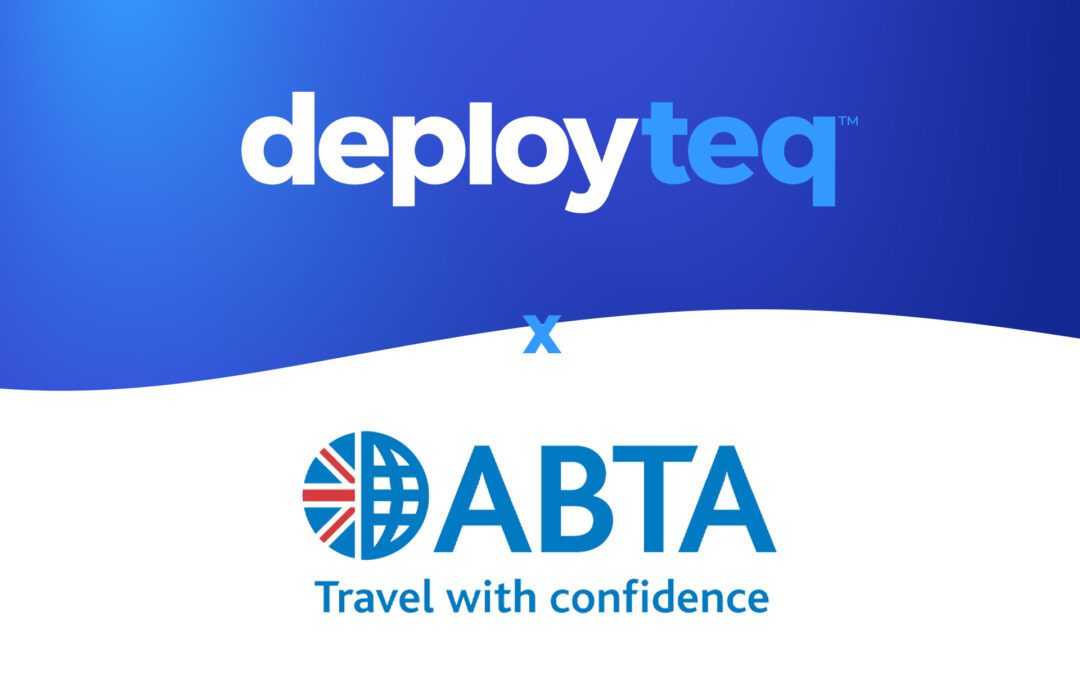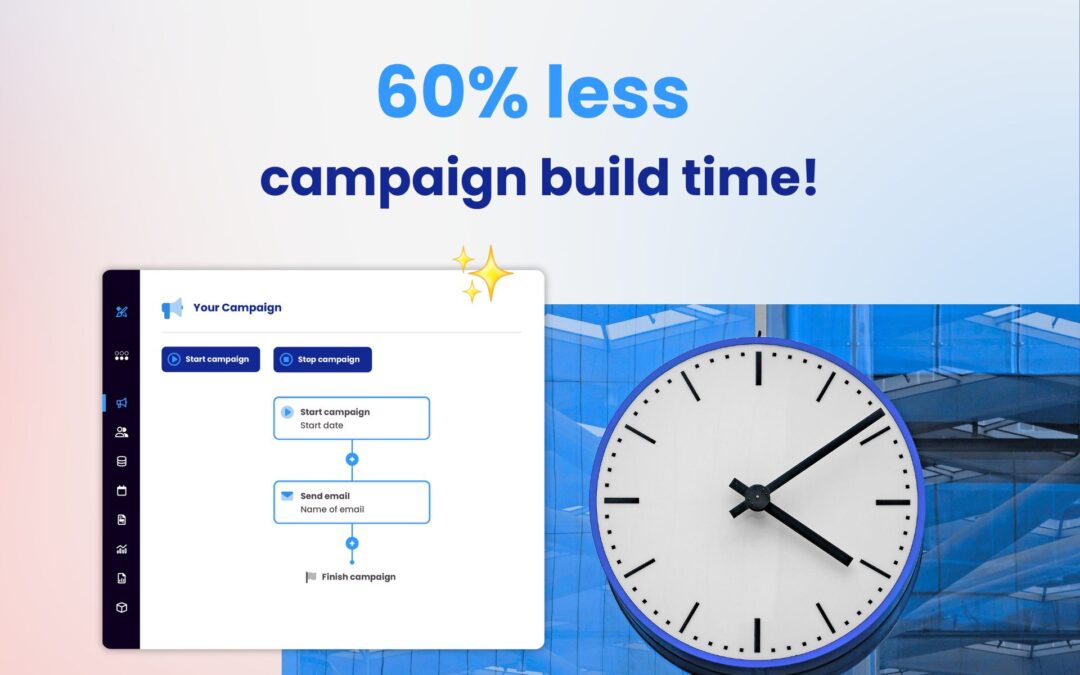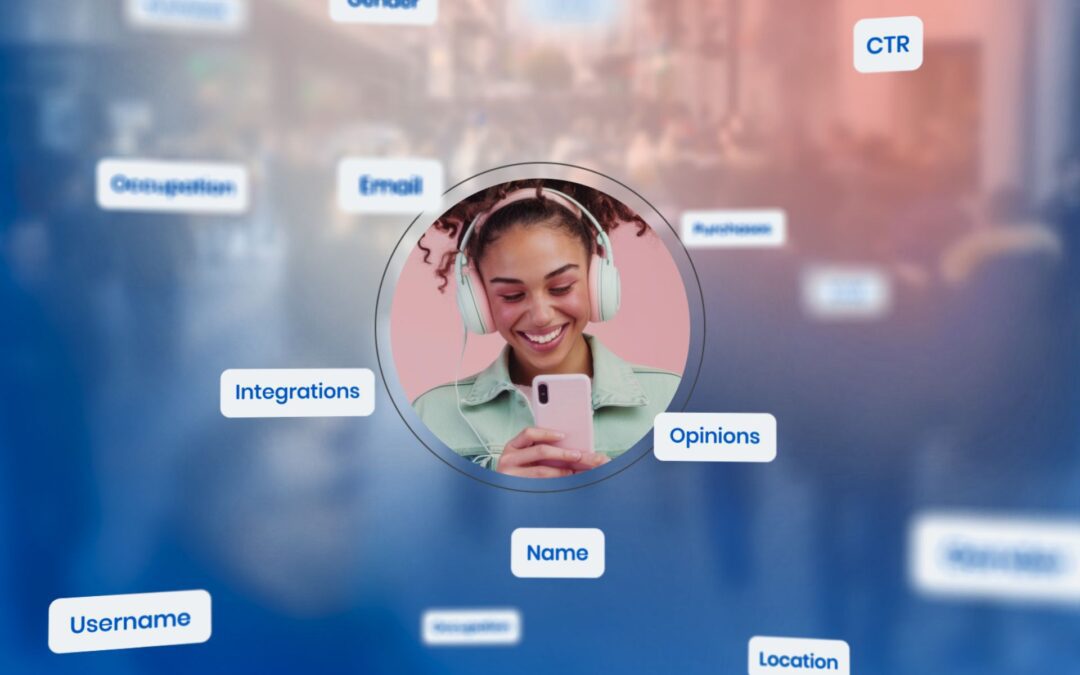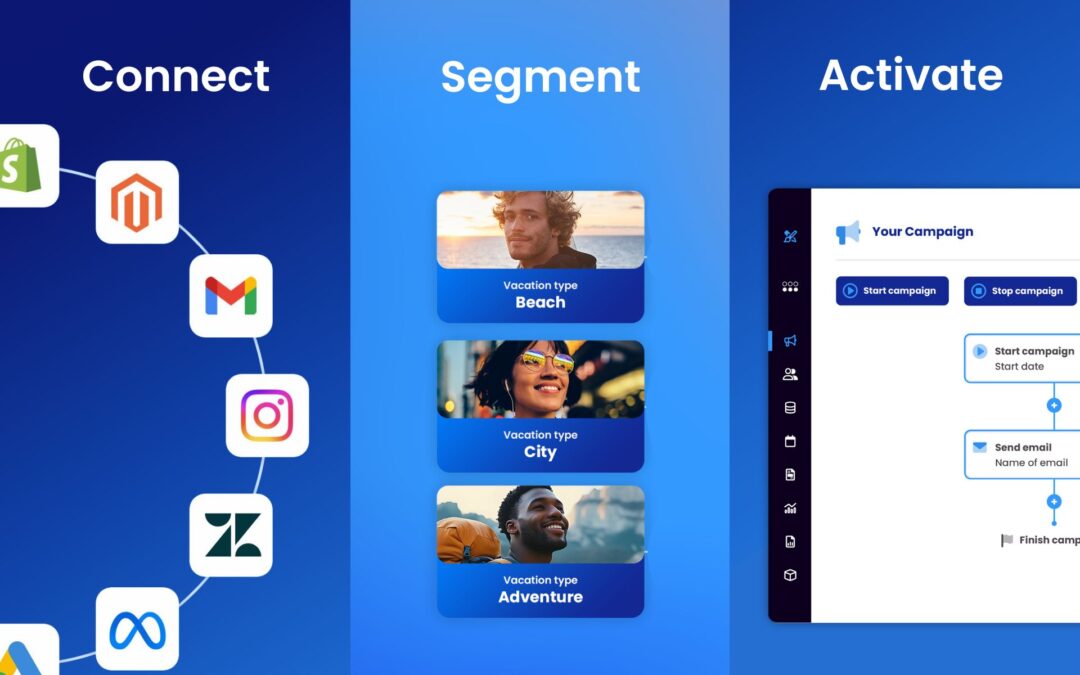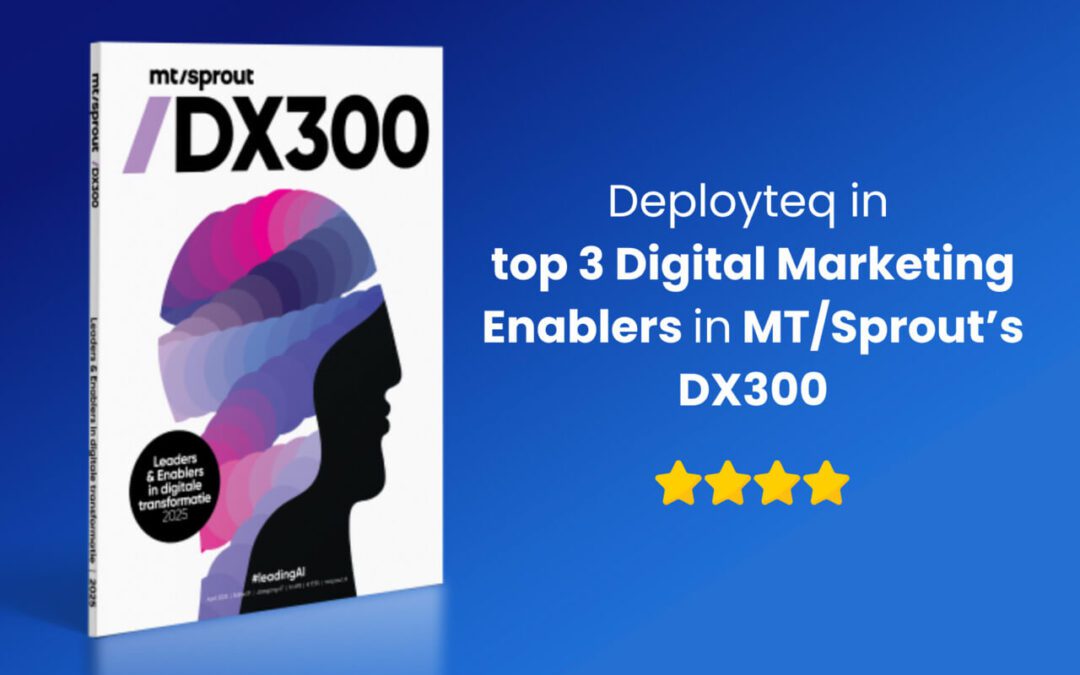Every marketer wants to send the right message, to the right person, at the right time. And according to research, 91% of consumers are more likely to shop with brands that offer tailored experiences.
Whilst email segmentation is far more successful than the outdated ‘spray and pray’ approach, it’s not as simple.
It requires data collection and management, alongside targeted content and email campaigns.
Fortunately, we’re here to help.
So, read on to learn how to implement email segmentations that will boost your email ROI.
What is the difference between email segmentation and personalisation?
Let’s begin by answering a question we’re regularly asked.
Simply put, email segmentation is the process of splitting your database into groups, based on similarities. These could be demographic, behavioural, purchase, or buying cycle stage. The list is endless but should be tailored to your specific marketing goals.
These groups, or segments, are then utilised to send emails that are tailored to these specific similarities.
Personalisation, on the other hand, is the process of sending emails and content which are unique to each recipient, based on a wealth of data collected and held on that individual.
This offers each recipient a highly tailored, one-to-one experience.
Now, let’s be honest, email personalisation is the ideal for any marketer.
However, true personalisation requires significant data alongside appropriate automation technology. And we’re well aware that some businesses are not at that stage in their marketing journey.
Therefore, email segmentation is the ideal first step in serving a more relevant and engaging experience, whilst you plan and implement the next stages in a more personalised strategy.
5 best practice tips for email segmentation
Collecting data to fuel segmentations
Marketing is virtually impossible without data. And the same can be said for email segmentation.
Therefore, the first step in building segments is to collect the correct data to fuel them.
Begin by identifying the types of data you want to build your segments from. We will discuss this in more detail later in the guide, however common data types include:
- Location
- Behavioural
- Demographic
- Psychographic
Next, focus on your data collection techniques. Fortunately, there are tonnes of ways you can start building out your data, such as:
- Email sign up forms
- Pop ups
- Competitions and quizzes
- Gated content
- Point of sale
- Social media profiles
- Clean, up to date data
- Preference center
Clean, up to date data
For your segments to remain accurate, you will need to keep on top of your data.
Messy, confused data can result in sending irrelevant content, increase in unsubscribes, and damage to your sender and brand reputation.
Instead, begin by focusing on collecting zero-and first-party data. This is data collected by you, directly from an opted-in consumer, making it as accurate as possible.
Next, make regular efforts to review and update your data. This could involve removing duplicate and irrelevant information, correcting formatting issues, inserting missing values, and checking that details are up to date.
And if you need some extra help, download our guide to Future-proof data in a cookieless world.
Keep it simple
We don’t make a habit of calling people stupid.
But when it comes to segmentation, KISS (keep it simple, stupid) is a rule we follow.
It’s easy to get carried away with increasingly elaborate and complex segments. However, this can increase room for error, and the need for more advanced data collection techniques.
Instead, keep your segments simple but effective. Prioritise your emails being accurate, engaging, and relevant. And focus on personalisation techniques to take the next steps in your email marketing strategy.
Monitor and optimise
Segmentation will make any email marketer’s job easier. But that’s not to say they can be left alone.
As with any campaign, emails sent using segments need to be carefully monitored, and segments optimised accordingly.
And when we say monitor, we don’t just mean opens and clicks. Instead, dig into the detail of how your segments are responding, looking into conversion and unsubscribe rates, heat mapping, and overall ROI.
Use the right tool
Using the correct tools can make or break your email segmentation strategy.
When reviewing the best tools to use, consider all stages of email segmentation, from data collection and management, to email build and send.
For instance, here at Deployteq we offer an industry-leading drag and drop profile builder, which allows marketers to easily select different elements of a person’s demographic and refine the selection based on any element, without any HTML or coding knowledge.
Email segmentation examples
Demographic
Demographic is the ideal place to begin with email segmentation.
The data required is easy to access, and the segments created can be used in a multitude of campaigns. Additionally, demographic segments create the perfect foundations to build upon for even better targeting.
Referring to recipients’ observable and people-based differences, demographic qualities can include age, sex, marital status, family, occupation, education, income, or nationality.
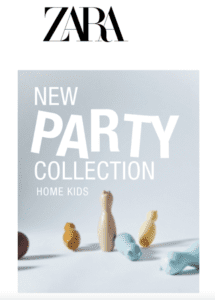
Location
Take your demographic segmentation a step further by adding recipients’ geographic location.
A consumer’s location can significantly improve your understanding of their wants, needs, language, and currency preferences.
With a little creativity, you can produce truly useful campaigns. These could be weather-based product suggestions, celebrations for holidays, or physical store directions.
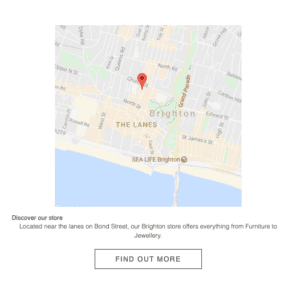
Behavioural
Behavioural segmentation refers to how recipients react to your brand, website, emails, and products. From how regularly they engage with your website to how frequently they purchase from you.
With this data marketers can understand what specific audiences are likely to buy or engage with, even before they’ve made a purchase, and send them predictive content to drive the buying journey.
Psychographic
Psychographic segmentation focuses on elements that are more emotional and mental, than physical. These could include their personality traits and types, interests, values, morals, and lifestyle.
These characteristics offer valuable insight into your recipients’ buying preferences, challenges, and motives. Which is essential for building content that truly speaks to your audiences.
Psychographic segments are the perfect advancement from demographic, especially if your demographic segments are reacting unpredictably.
Final thoughts
Wow. There’s a lot to email segmentation, isn’t there?
From data collection and management, to campaign creation and monitoring.
But, it’s worth the effort. With segmentation being one of the most successful email techniques, it not only sets the foundations for a solid email strategy. It also works.
If you’re excited to implement segmentation into your marketing strategy, then we’re excited to help. So why not contact us to hear how Deployteq and our team of experts can support your marketing campaigns?

